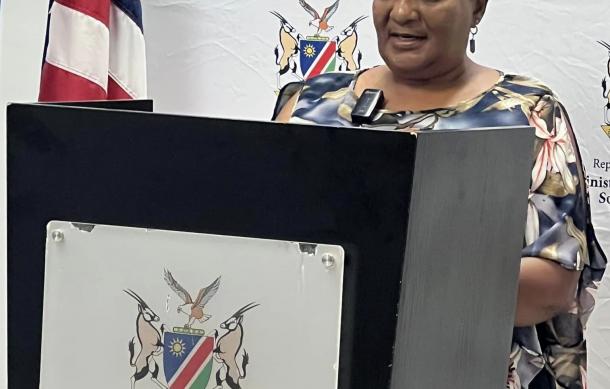
There is a need for Africa to locally manufacture vaccines and fill immunisation gaps.
Currently, Africa imports 99 percent of its vaccines.
Moreover, more than 90 percent of medicines and medical devices are imported.
This situation has proven to be a challenge in Namibia and other nations during pandemics such as COVID-19, monkeypox, and Ebola.
This is concerning and raises questions about the preparedness for future pandemics, emphasising the importance of partnerships and collaboration.
The procurement of equipment and vaccines is also costly and delays progress in the health sector.
The Africa Centre for Disease Control has taken the lead in manufacturing vaccines, pharmaceuticals, diagnostics, and other medical devices to implement the new Public Health Order for Africa.
Namibia, however, is on course to equip all national health facilities with the required equipment and supplies.
Namibia has made significant strides with its immunisation programme, achieving a coverage rate of over 90 percent and introducing new vaccines that aid in reducing mortality from various diseases.
In 2023, Namibia achieved an immunisation coverage rate of over 95 percent for measles.
The Africa CDC provided a grant of over five million dollars to UNICEF in partnership with the Health Ministry and FNB to enhance infrastructure, equipment, transportation, and the training of health professionals.
The recent support includes cold chain supply to prevent vaccine waste and strengthen the public health system.
The equipment includes, among others, forty ice-lined fridges, 150 temperature monitoring devices, five thousand ice packs, eleven compressors, twenty freezers, and solar devices to help regulate and track the temperature of vaccines.





